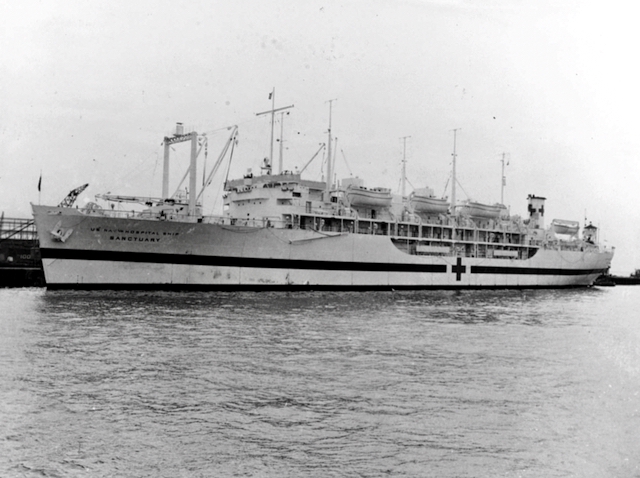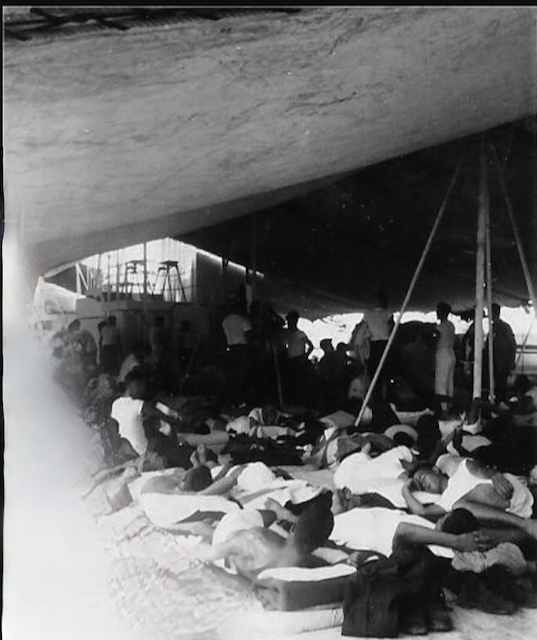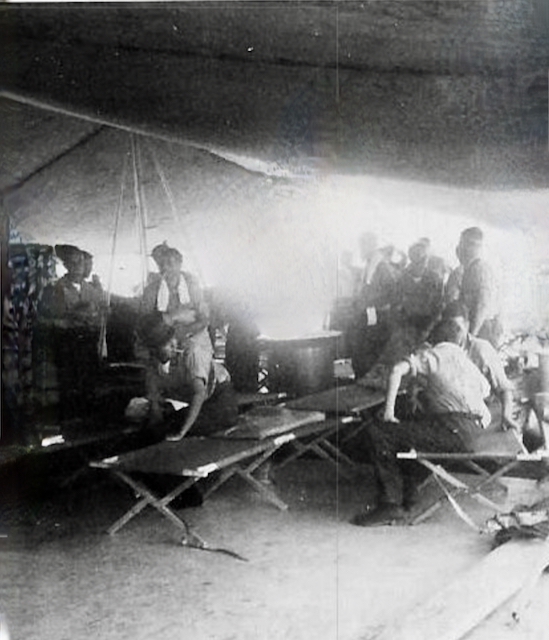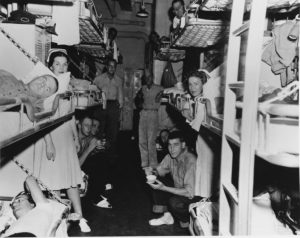The Hospital ships were a taste of heaven for POWs in Japan. Boarding these ships provided the most memorable moments of the war, well at least the best moments! These young men talked of wonderful nurses and their gentle treatment.
The luxurious feeling of being clean. Memories of excessive amounts of food and simply feeling like a human being have been repeated over and over again.
The former POWs had spent 3 1/2 years incarcerated – their spirits and bodies well spent. Most had been taken from working on the Burma-Thai Railway – there were few illnesses they had not endured. The very thought of another Japanese winter for these young starved, underweight and usually weak, overworked POWs was overwhelming.
Could they contemplate another Japanese winter?
Walking more often than not, long distances, in the wind, sleet and cold weather conditions to and from work every day usually in the dark. Often in bare feet without warm clothing for another day in the mines.
The Japanese population who treated them with contempt, was starving. POWs received less rations and food. How would they survive another winter? How much longer could they endure Japanese brutality?
Proceeding via Okinawa, Sanctuary arrived off Wakayama in Task Group 56.5 on 11 September; then waited as minecraft cleared the channels. On the afternoon of the 13th, she commenced taking on sick, injured, and ambulatory cases. By 03:00 on the 14th, she had exceeded her rated bed capacity of 786.
By three hours into the mid watch (0300) on the 14th, she had exceeded her rated bed capacity of 786. A call went out to the fleet requesting cots. The request was answered, and, seven hours later, she sailed for Okinawa with 1,139 liberated POWs, primarily British, Australian, and Javanese, embarked for the first leg of their journey home.

Above: U.S. Navy hospital ship USS Sanctuary (AH-17) at Wakayama, Japan, in September 1945
Below: Ex-POWs on board Sanctuary.




